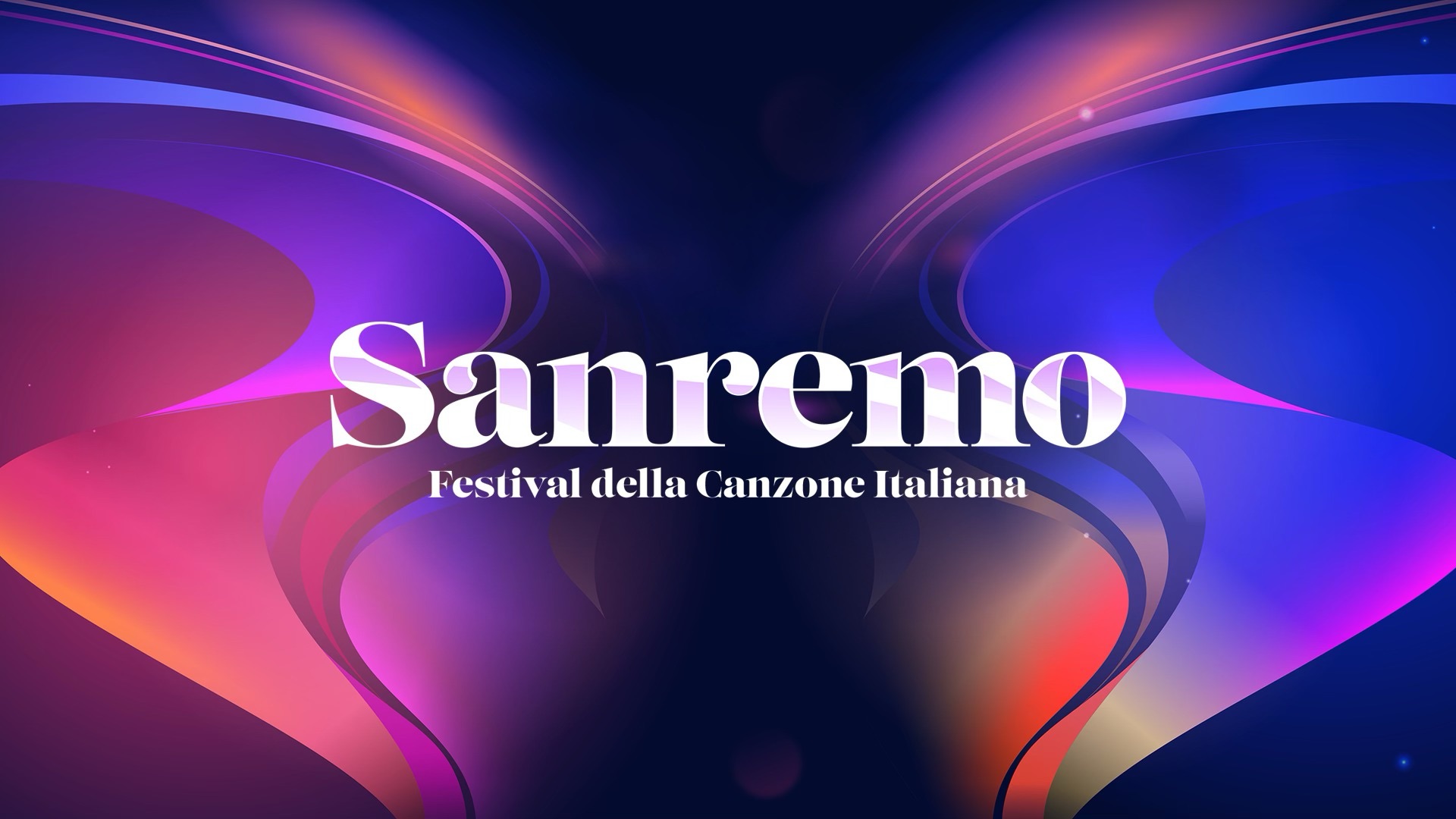Rome, 16 October 2025 — The Italian broadcaster RAI has officially released the regulations for the 76th Sanremo Music Festival, which will take place from 24 to 28 February 2026 at the Teatro Ariston. Once again, Carlo Conti will serve as both host and artistic director, returning to lead Italy’s most iconic music event.
The newly published rulebook confirms much of what fans already expected, but also introduces a few small adjustments that will slightly reshape the 2026 edition.
Fewer Big Artists, Clearer Competition
The Festival will feature 26 established artists (“Big”) in the main competition, slightly fewer than in previous years. Alongside them will be 4 “New Proposals”, representing emerging talent.
Two of the newcomers will be selected from Area Sanremo, while the other two will qualify through the televised Sanremo Giovani final on 14 December 2025. Each newcomer will perform in a one-on-one duel, with the winners progressing to a final face-off on the third night.
Carlo Conti has described this year’s setup as “a balance between tradition and discovery,” keeping Sanremo’s trademark mix of star power and fresh talent intact.
Voting System: Balanced Between Public and Professionals
The voting method remains familiar but carefully balanced:
Televote (Public) – 34% Press, TV & Web Jury – 33% Radio Jury – 33%
This near-equal distribution ensures that both the public and professional panels have a strong voice in determining the results, continuing Sanremo’s reputation for fairness and musical diversity.
How the Five Nights Will Unfold
The 2026 Festival will again unfold over five nights, each with its own specific focus and voting method.
1. First Night – February 24: All 26 Big artists will perform their songs for the first time. Voting will be handled solely by the Press, TV & Web Jury. At the end of the evening, only the names of the top five acts will be revealed, and even then, in random order to preserve suspense.
2. Second Night – February 25: Thirteen of the Big artists will take the stage, while the four New Proposals will compete in two head-to-head duels. Voting for the Big artists will be split evenly between the Public Televote and the Radio Jury, while the New Proposals will be judged by all three juries combined.
3. Third Night – February 26: The remaining thirteen Big artists will perform their songs, and the final duel between the two winning newcomers will take place. The same voting balance (50% Televote and 50% Radio Jury) will apply, and by the end of the night, the winner of the New Proposals category will be officially crowned.
4. Fourth Night – February 27 (Cover Night): A fan favourite — the Cover Night — will feature all Big artists performing Italian or international classics, often joined by guest performers or fellow contestants. Although the performances will be voted on by all three juries, these votes will not influence the main competition ranking. This makes the night purely celebratory, allowing artists to experiment and entertain freely.
5. Fifth Night – February 28 (Grand Final): All 26 Big artists will perform their songs again. Combined votes from the Televote, Press/TV/Web Jury, and Radio Jury will be added to the results of the previous nights (excluding the Cover Night). After this round, the top five acts will advance to the Superfinal, where a final vote will determine the overall winner of Sanremo 2026.
Additional Rule Changes and Details
The maximum song length for both competition entries and cover performances is now set at 3 minutes and 30 seconds, aligning with Eurovision standards. The submission deadline for songs is 17 November 2025, and the official list of Big artists will be revealed starting 23 November 2025. The winner of the New Proposals section will no longer compete in the main “Big” category during the same edition — a return to a more traditional structure.
As always, songs must be primarily in Italian, though brief passages in dialect or foreign languages are permitted if they don’t alter the song’s Italian identity.
The Road to Eurovision 2026
The winner of Sanremo 2026 will again receive the right of first refusal to represent Italy at the Eurovision Song Contest 2026.
If they accept, they’ll follow in the footsteps of artists such as Måneskin (2021) who transformed Sanremo success into international recognition.
The new time limit and the voting balance might also encourage more Eurovision-ready entries — songs concise in length, rich in melody, and capable of appealing to both domestic and international audiences.
Sources: RAI

